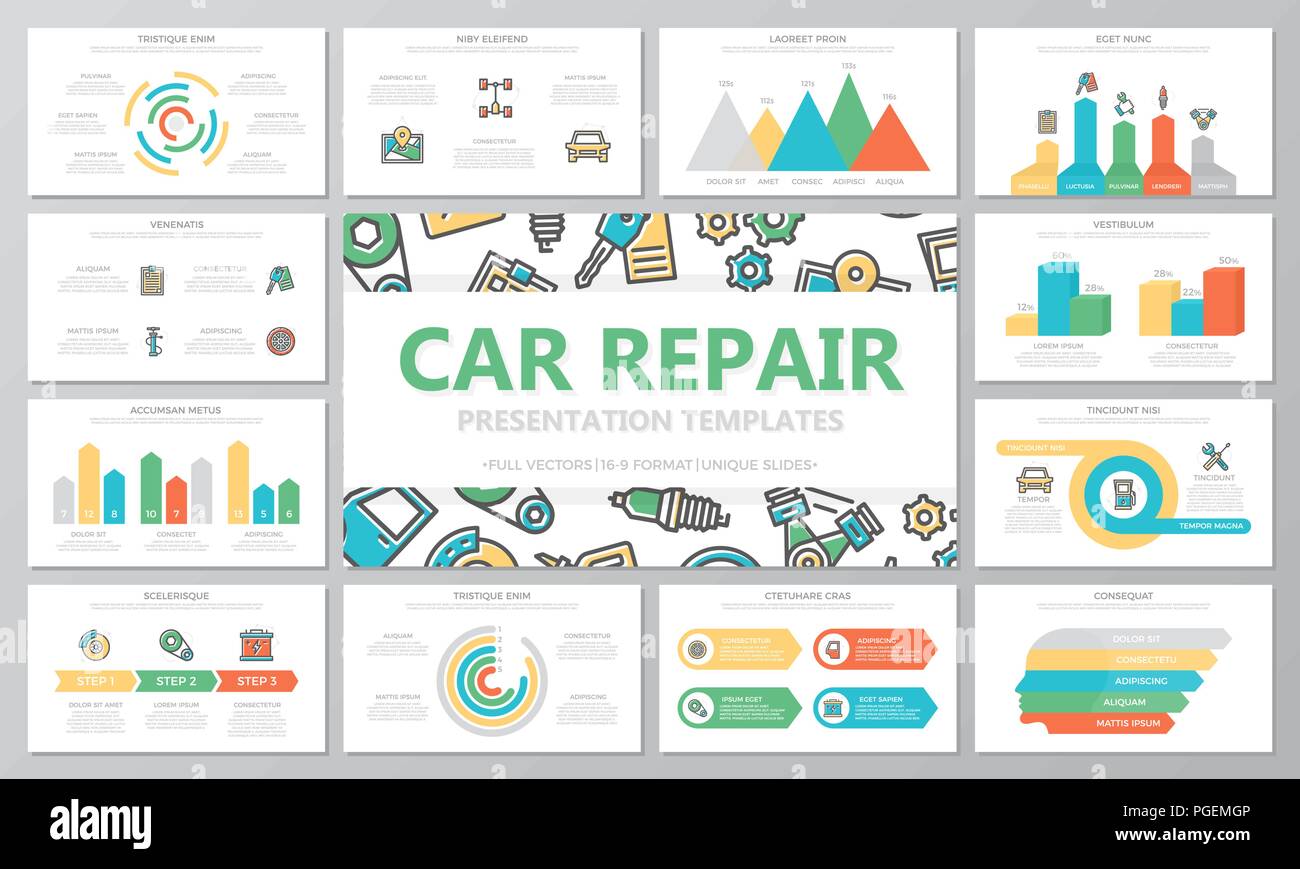When you lag the wheel, those glowing caution lights on your control panel can be a bit complicated. Do you recognize what they're attempting to inform you regarding your automobile's health and wellness? Understanding have a peek at this website of these lights is crucial for your safety and security and the longevity of your vehicle. So, https://freeecutuningsoftware39516.tkzblog.com/31084226/prepare-yourself-to-uncover-the-reality-concerning-car-repair-service-with-unexpected-revelations-that-will-change-your-viewpoint-you-will-not-believe-what-you-have-actually-been-missing-out-on among those lights appears, would not you wish to analyze its message properly and take the necessary steps to address it?
Common Warning Lighting and Interpretations
Recognize common caution lights in your vehicle and recognize their definitions to make certain secure driving.
The most regular caution lights include the check engine light, which signifies problems with the engine or emissions system. If this light comes on, it's critical to have your automobile inspected promptly.
The oil pressure alerting light indicates reduced oil stress, requiring immediate interest to stop engine damages.
A flashing battery light may recommend a malfunctioning billing system, possibly leaving you stranded otherwise attended to.
The tire pressure surveillance system (TPMS) light notifies you to reduced tire pressure, influencing lorry stability and fuel effectiveness. Overlooking this can bring about unsafe driving problems.
The ABS light shows a trouble with the anti-lock braking system, compromising your capability to quit quickly in emergencies.
Last but not least, the coolant temperature cautioning light warns of engine getting too hot, which can result in serious damage if not fixed quickly.
Comprehending these common warning lights will certainly help you deal with problems quickly and preserve safe driving conditions.
Significance of Prompt Attention
Comprehending the usual caution lights in your cars and truck is just the initial step; the relevance of quickly resolving these cautions can't be highlighted enough to ensure your security when driving.
When a caution light illuminates on your control panel, it's your cars and truck's method of connecting a potential concern that requires focus. Overlooking these warnings can result in more severe troubles in the future, endangering your safety and possibly costing you more out of commission.
Prompt focus to advising lights can stop break downs and accidents. As an example, a flashing check engine light might show a misfire that, if left ignored, can create damages to the catalytic converter. Resolving this without delay can conserve you from a pricey repair.
In a similar way, a brake system warning light might signal reduced brake liquid or worn brake pads, essential elements for your safety when driving.
Do It Yourself Troubleshooting Tips
If you notice a warning light on your control panel, there are a few DIY repairing tips you can try prior to looking for professional help.
The first step is to consult your automobile's guidebook to comprehend what the certain warning light suggests. Sometimes the concern can be as straightforward as a loose gas cap activating the check engine light. Tightening up the gas cap may deal with the issue.
One more common issue is a low battery, which can cause different alerting lights. Examining the battery connections for deterioration and guaranteeing they're protected might fix the problem.
If a caution light continues, you can try resetting it by detaching the automobile's battery for a few minutes and afterwards reconnecting it. Furthermore, inspecting your vehicle's fluid degrees, such as oil, coolant, and brake liquid, can assist troubleshoot advising lights associated with these systems.
Final thought
Finally, understanding your car's caution lights is important for keeping your car running efficiently and securely. By quickly resolving these informs and knowing what they suggest, you can avoid pricey repairs and potential break downs.
Bear in mind to consult your vehicle's manual for certain information on each warning light and do something about it appropriately to guarantee a trouble-free driving experience.
Stay notified, stay safe when traveling!
